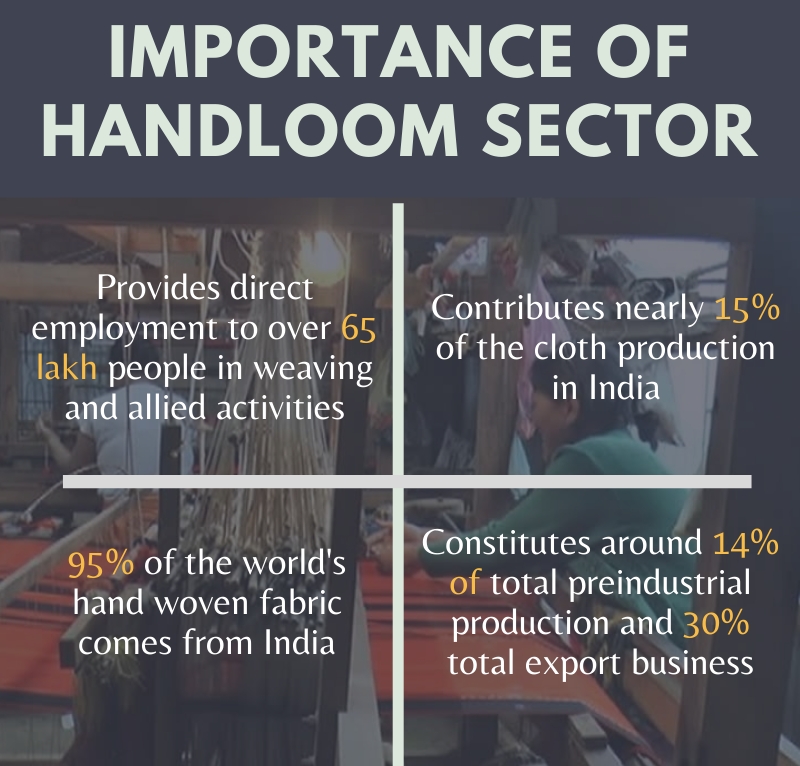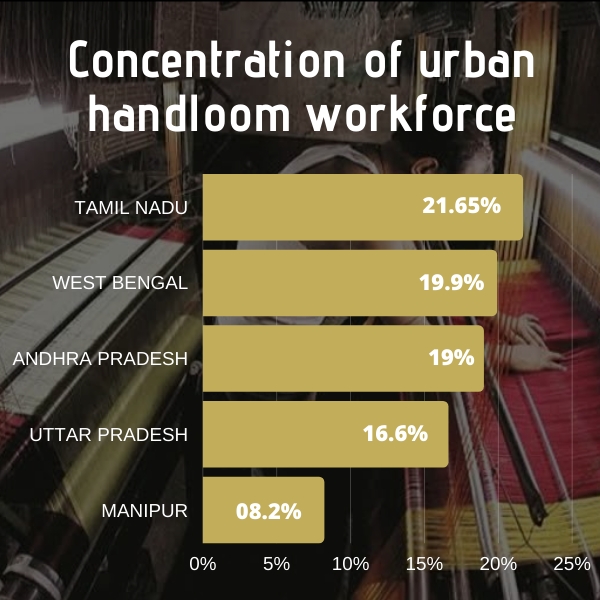Hyderabad: August 7 every year is observed as the National Handloom Day to honour the handloom weavers in the country and also highlight the industry. National Handloom Day seeks to highlight the contribution of handloom to the socioeconomic development of the country and increase income of the weavers.
It was in 2015, that the Union government had declared August 7 as the National Handloom Day with the objective to generate awareness about the importance of the industry. This is the sixth National Handloom day.
Why August 7
August 7 was chosen as the National Handloom Day to commemorate the Swadeshi Movement which was launched on the very same day in 1905. The movement was launched at the Calcutta Town hall to protest against the British government's decision regarding the partition of Bengal. The movement had aimed at reviving domestic products and production processes.
IMPORTANCE OF HANDLOOM SECTOR

The Handloom sector plays a very important role in the country's economy. It is one of the largest economic activities providing direct employment to over 65 lack people engaged in weaving and allied activities. In India, it is an ancient cottage industry with a decentralised set up.

The highest concentration of the urban handloom workforce is in Tamil Nadu (21.65%), followed by West Bengal (19.9%), Andhra Pradesh 19%, Uttar Pradesh 16.6% and Manipur 8.2%. These five States account for a marginally higher 82.4% of the total urban workforce in the handloom industry.
Read: Precarity of country's weavers worsened by lockdown
THE IMPACT OF COVID-19:
Along with several other industries, the handloom sector in India too has been adversely affected by the COVID-19 pandemic. With the lockdown, the sector witnessed sudden stalling of orders, with the retailers having to shut shop. As a result, the cash flow has too stopped with sales being abandoned.
To make matters worse, the situation is showing no signs of recovery as buyers are not able to place new orders. Retail events through which artisans get cash sales also look highly unlikely for the next few months.
Small artisans and producer groups do not have the financial cushioning to hold through such a crisis nor would they get credit supplies from raw material suppliers. Being part of an informal economy, artisans are also not able to access credit from banks and financial institutions.
Read: Replacing China in the garment sector not possible, say Tiruppur exporters



